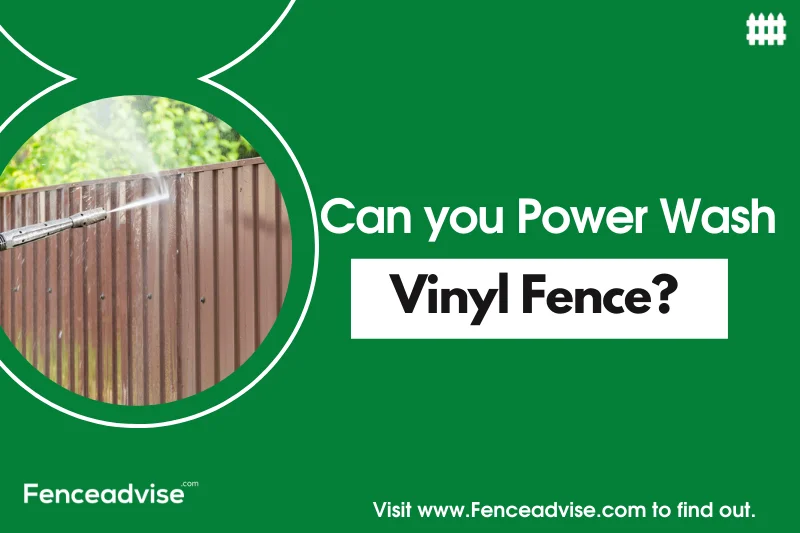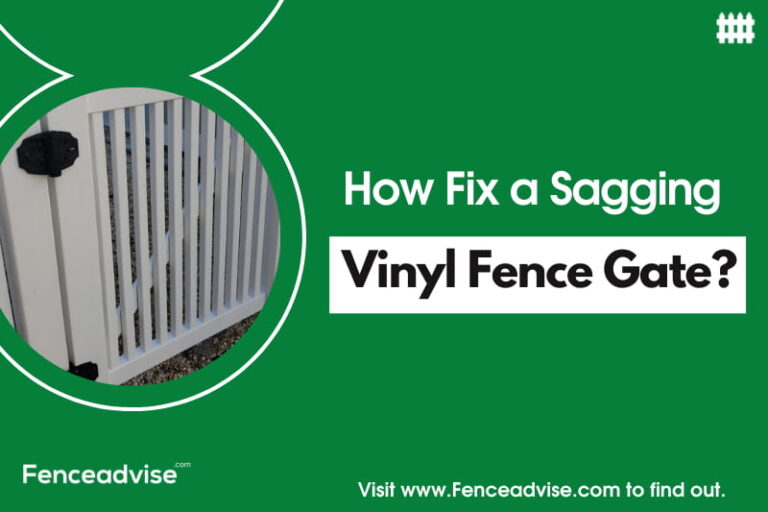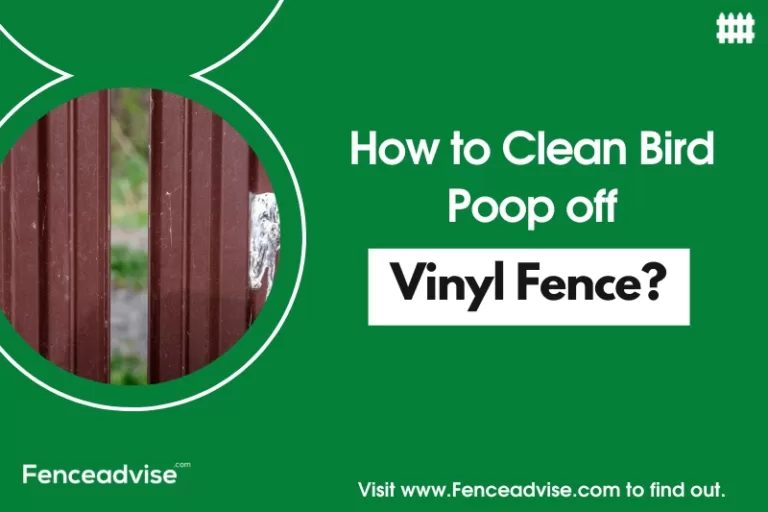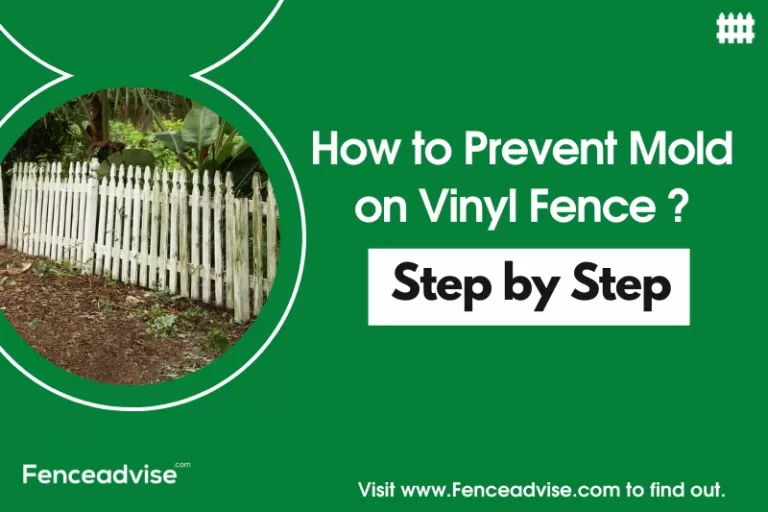We include products we think are useful for our readers. If you buy through links on this page, we may earn a small commission. Read our affiliate disclaimer here.
Yes, you can power wash your vinyl fence, but it’s not highly recommended. As a vinyl fence owner, I’ve found that while power washing effectively removes stains, it also strips the protective coating, risking damage to the fence structure.
High-powered washers can force water behind the boards, leading to potential moisture issues. If your fence is heavily soiled, consider a gentle wash with a scrub brush using a mix of white vinegar and water for optimal cleaning without compromising the vinyl.
Always follow manufacturer guidelines and avoid excessive pressure to maintain the fence’s integrity.
Need an Immediate Fence Expert? We’re Available to Help
Steps to Power Wash Your Vinyl Fence
Power washing your vinyl fence, as a wireless fence owner, involves several steps for effective cleaning:
- Prepare the Area:
- Before starting, inspect your vinyl fence for any standing water. As a diligent fence owner, this preliminary check is crucial to avoid potential damage during power washing.
- Mix Cleaning Solution:
- Create a soapy mixture using approximately 1/4 cup of detergent. It’s vital to strike a balance for effective cleaning without making the surface excessively slippery.
- Prepare Pressure Washer:
- Fill the pressure washer with water, leaving room for an additive to prevent any potential harm. Always follow the recommended ratios based on your specific machine type.
- Connect Attachments:
- Select either a scrub brush or a squeegee based on your fence’s texture. This careful choice ensures optimal cleaning without causing any damage during the power washing process.
- Work in Sections:
- Begin power washing at one end, using overlapping strokes. This method ensures continuous wetness, promoting effective cleaning without compromising the vinyl fence’s integrity.
- Drying:
- Allow your vinyl fence to air-dry completely before allowing any use, pets, or people near it. This step is crucial for ensuring a safe and dry surface post-power washing.
- Assess and Repeat:
- If the results are unsatisfactory, reassess the situation after three days. This waiting period allows the surface to cure properly, maintaining your fence’s structural integrity over time.
Types of Equipment Needed
| Equipment | Description |
|---|---|
| Pressure Washer | Choose a suitable pressure washer. |
| Scrub Brush/Squeegee | Select based on your fence’s texture. |
| Hot Water Source | Access hot water from home or hose bib. |
| Cleaning Solution | Laundry detergent or dish soap for a soapy mix. |
| Bucket | Use a bucket for mixing the cleaning solution. |
| Additive | Choose a vinyl-friendly additive to prevent damage. |
| Towels | Keep towels handy for drying, if needed. |
| Protective Gear | Wear gloves and eye protection while operating. |
How Many Hours Does it Will Take?
Power washing my vinyl fence typically takes about two to three hours for a comprehensive cleaning. However, if a quicker spray-down is sufficient, it might only require an hour. It’s crucial to be patient to achieve quality results.
If the fence doesn’t appear sufficiently clean or if water persists on the surface, allocating an additional hour for more thorough cleaning is advisable.
This patience ensures not only cleanliness but also the maintenance of the vinyl fence’s integrity and aesthetic appeal. The timeframe may vary based on factors such as the fence’s condition and the power of the washing equipment used, but a patient approach guarantees a well-cared-for and visually pleasing vinyl fence.
Cost of Pressure Washing Vinyl Fence
| Equipment | Cost Range |
|---|---|
| Pressure Washer | $45 – $85 per day |
| Gas-powered Washer | $300 – Several hundred |
| Additives | Affordable |
| Cleaning Solutions | Affordable |
Renting a pressure washer typically ranges from $45 to $85 per day. If the project takes about three hours, the hourly rate might be between $18 and $27. Buying a gas-powered pressure washer ranges from $300 for basic models to several hundred dollars for more powerful units.
For a large project requiring multiple washers, renting might be cost-effective. Additionally, consider the cost of additives and cleaning solutions, which are relatively affordable.
It’s essential to weigh the expenses against the benefits of a clean, well-maintained fence. I’ve found that the investment in occasional power washing contributes significantly to the longevity and aesthetic appeal of my vinyl fence.
Get Matched with Local Professionals
Answer a few questions and we’ll put you in touch with pros near you.
Cleaning a White Vinyl Fence Without a Power Washer
Maintaining the pristine appearance of my white vinyl fence became a challenge when stubborn stains and grime accumulated over time. Without a power washer, the usual cleaning methods were proving ineffective, and the fence’s aesthetic appeal was diminishing.
Effective Alternatives for a Spotless Fence
- Vinegar Mix Method:
- Create a solution of eight ounces of white vinegar with two gallons of water. Pour this onto the fence and scrub with a stiff brush or broom, overlapping each stroke. This method effectively removes grime and is especially useful for preventing mold and mildew.
- Clean Shower Method:
- Mix two cups of trisodium phosphate (TSP) with two gallons of warm water. Pour the mix onto the fence, scrub with a stiff brush, and allow it to sit for five minutes. Rinse the fence thoroughly with water. This method breaks down dirt and mold, leaving the fence clean.
Find the right fence contractor for your project
Implementing these alternative cleaning methods without a power washer successfully restored the vibrancy of my white vinyl fence. Regular use of these solutions, depending on the fence’s exposure and dirt accumulation, helps maintain its cleanliness and enhances the overall visual appeal.
At FenceAdvise, we pride ourselves on being the most reliable and trustworthy source of fencing information. Our articles are based on only the highest quality sources, including peer-reviewed studies, to ensure that our readers always have access to accurate information. Read more about our Editorial Guidelines, About Us.








